So we are going to discuss some technology that is on “The Nauti Oar“. As in part one of our how to on the installation of a rear camera, and using the Axiom 9 RV. We discovered a few technologies that have been integrated into this boat. One of these technologies is SeaTalkhs Plug and Play. Firstly, this is basically Ethernet/Fast Ethernet and Gigabit Ethernet. Additionally, We also found that we have SeaTalkng ,NMEA2000 SeaTalk(1)/SeaTalk and NMEA183 in this boat. So you may be asking yourself why is this important? Well the reality is this boat encompasses the evolution of the instrumentation of this boat. The past owner put some effort into adding technology that allows the older technology to interface with modern systems like the Axiom 9 RV.
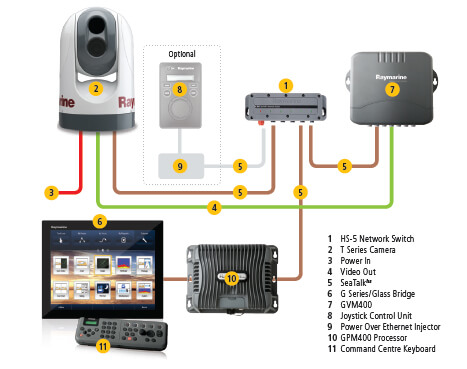
So in the above diagram we have the HS5-Switch. We found this device while installing our Amcrest non RayMarine camera. What I will say is the HS5-Switch and the Axiom 9 RV is the latest SeaTalkhs Plug and Play components on “Nauti”. What I will say is they have also done a good job retaining the older technology that is present in the boat. There are a few things that need to be address, but over all most of the systems are integrated.
SeaTalkhs Plug and Play – Systems
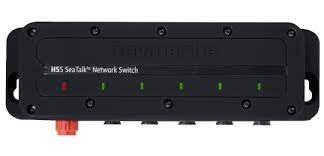
RayMarine-HS5-NS 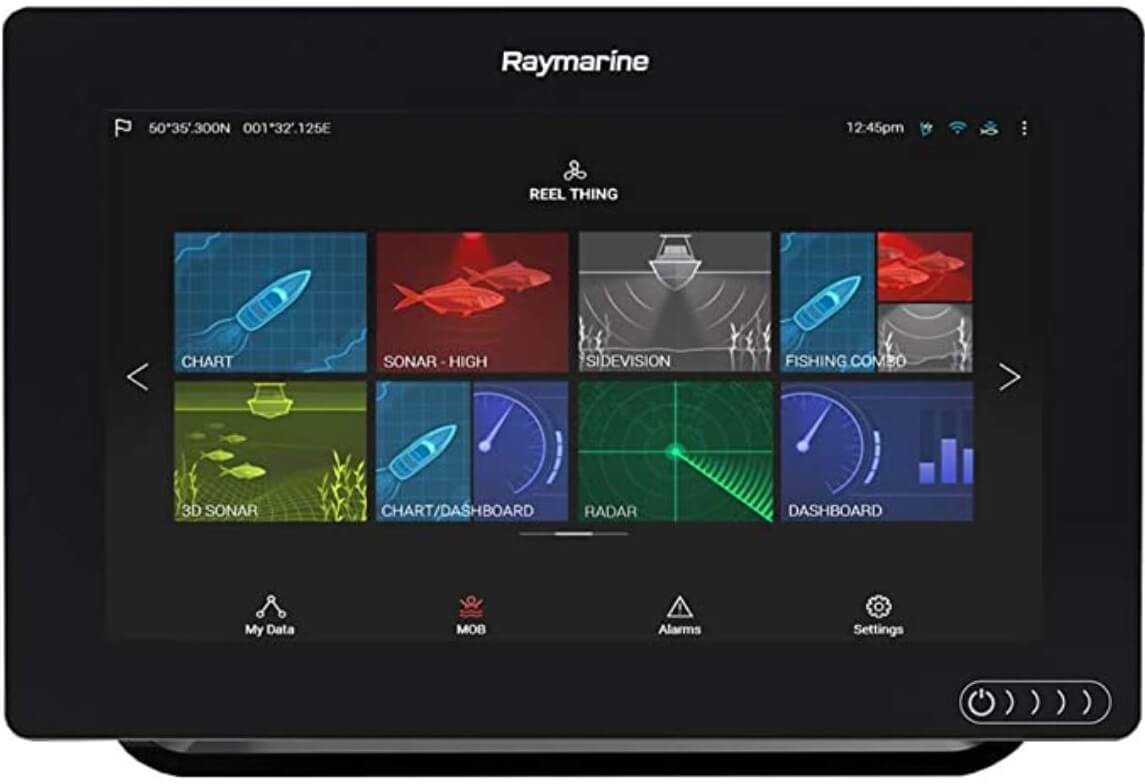
RayMarine Axiom 9 RV 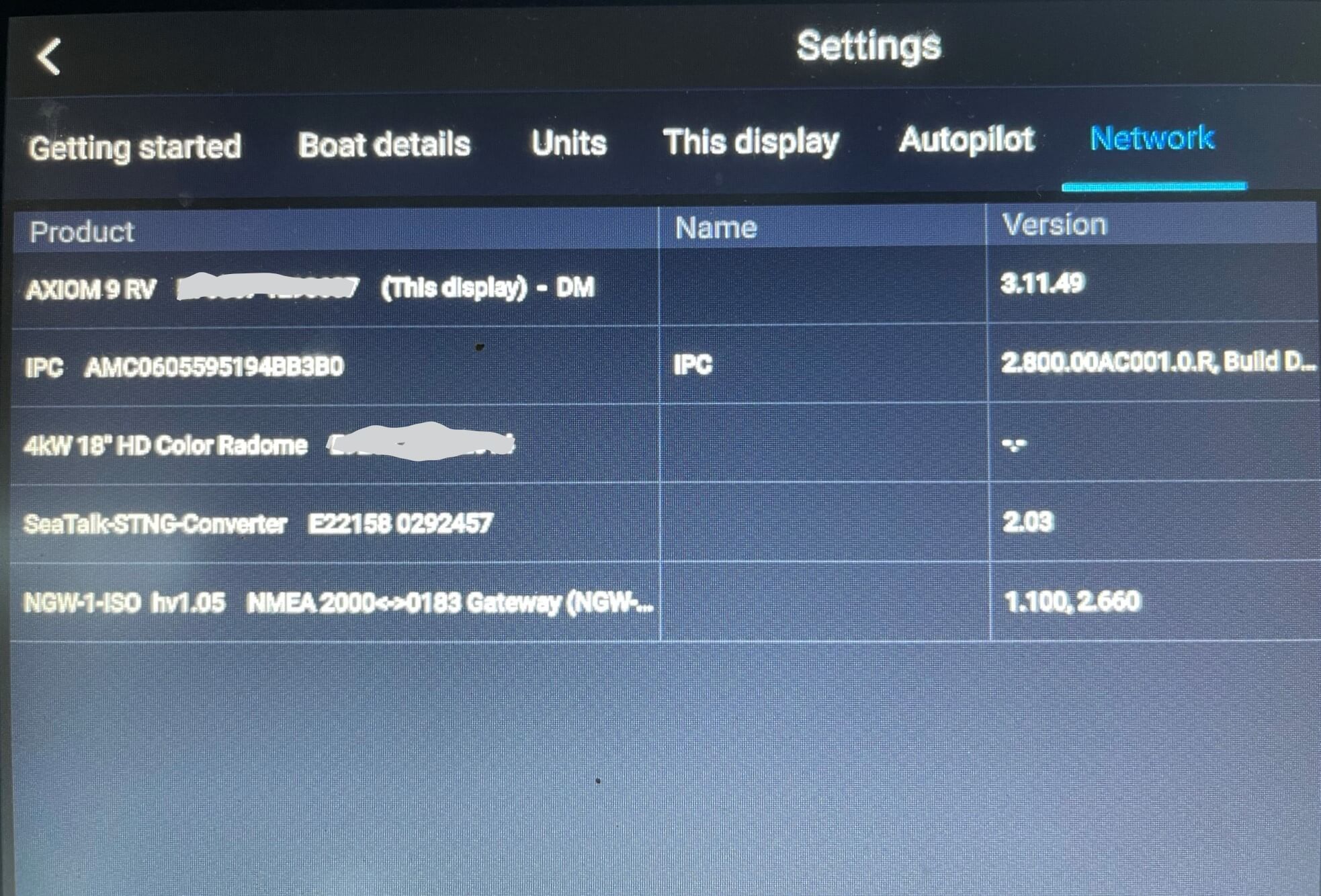
Network Devices
So what we have in place today that works with the SeaTalkhs Plug and Play aspects are. The Axiom 9 RV, the Sirius Weather Data and Radio, 4K HD Raddom and the Amcrest Camera. The overall capabilities of the Axiom are outstanding. Additionally, as stated prior, someone also incorporated technologies that bridge the evolution of Boating technologies over the past two decades. I got exposure to some of these technologies while working on “Piperealla” the 2007 Sea Ray 210 Select. though there is no RayMarine Equipment on that boat is does have a NMEA and CANBUS technologies.
So we are going to explore some of these technologies. Starting with the NMEA183. This is the oldest technology on the boat but it is a marine standard. So, lets start with NMEA183.
SeaTalkhs Plug and Play – Systems SeaTalk/ SeaTalk 1 (NMEA183) to SeaTalkng Overview
Firstly, SeaTalk SeaTalk 1 is NMEA183 but RayMarine’s iteration. There are a few versions of NMEA183 and this derived out of NMEA182 and 180. This is all basically a serial network much like RS-422. Its a Serial Packet network that can operate between 4800 Baud and 38,400 Baud (NMEA 183HS). It’s sends ASCII based message communication of devices on the bus. Additionally, NMEA 0183 is a combined electrical and data specification for communication between marine electronics such as echo sounder, sonars, anemometer, gyrocompass, autopilot, GPS receivers.
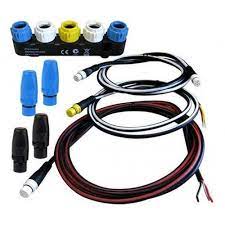
SeaTalk1 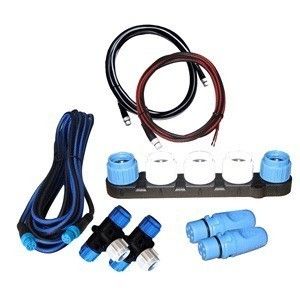
SeaTalkng
So we have one of these on converters ST1 to STNG1 and a five way connector on “Nauti”. It appears to connect the older speed and depth transducers to the RayMarine Axiom 9 MFD. There is a RayMarine ST60+ that needs to be on for the depth to show up on the Axiom. There also is Actisense NGW-1 ISO converter. Its not connected correctly, but I think its for the Standard Horizon GX2200. This is an older AIS/GPS VHF Radio that is NMEA 183 Compliant. I will have to get this interfaced in to the boats systems eventually. The Actisense NGW-1 converts the NMEA 183 Messages from devices on the 183 buss to NMEA 2000. Its all serial communications on the 183 buss. The devices are known as talkers.
Analog Devices (ITC-5) to NMEA 183/2000
So to add to the complexity, analog devices such as my Speed and Depth Traducers are analog. There is a conversion device called an ITC5. This takes analog signals and converts them to digital on the SeaTalkNG. Furthermore, the ITC-5 instrument transducer converter enables the use of common analog transducer signaling devices with new digital instrument displays like Raymarine I70 and ST70 plus. This likely the best way to get some of the analog devices integrated. I’m wanting to add a rudder transducer and wind transducer. This is also going to require me to upgrade the ST60+ to a I70S. Additionally, that also puts me at the crossroads as to how to proceed. Since half this equipment comes with an autopilot or with the Raymarine I70s System Pack W/Color Instrument.
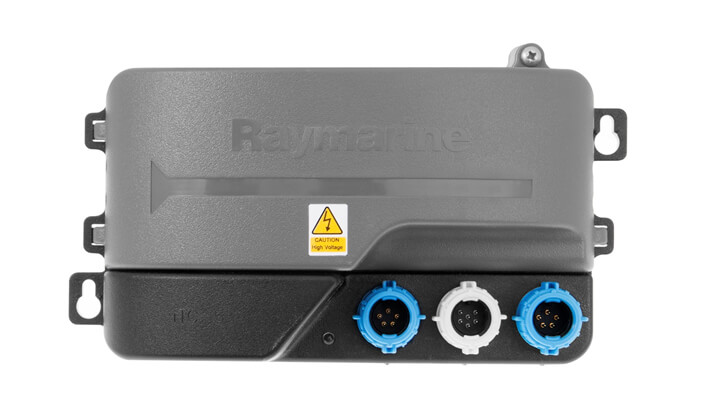
So above is the RayMarine ITC-5, Instrument Transducer. This allows the analog devices to interface with the newer technology as stated above. I looks like the best approach for me is budget for Raymarine I70s System Pack W/Color Instrument.
SeaTalkNg to SeaTalkHs
So the SeaTalkNg plugs into the SeaTalkHs Network Hub. Once we have this we are now entirely ethernet. From there we can basically add anything Ethernet. The Axiom 9 RV is 100 M/b ethernet to the RayMarine HS-5. from here we are going ethernet to a Gigabit POE Switch, and then to our Armcrest 5MP camera. We are using an 12V to 48V upconverter. We also ran an Cat 6 Ethernet drop into the salon behind the electrical panel. This is where we will put the POE Switch. So I would say our boat now can accept modern technology like the EV1 autopilot.
SeaTalkNg to NMEA 2000 engine gateway (MEFI-3)
Lastly, one of the things I want to before an autopilot is going to be a pair of fox marine engine gateways. At a minimum I will get RPM, voltage, and engine temperature. I’m also hoping to get fuel tank level and oil pressure. I have analog gauges that are erratic at times. There is about a thousand dollars of equipment and wiring that is necessary to get this done. This is probably the next thing we’ll be doing over the winter.